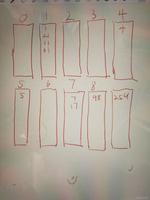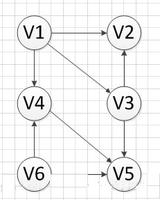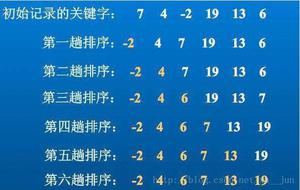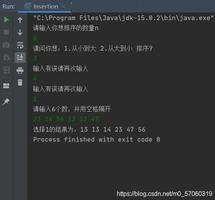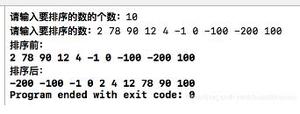Ruby实现插入排序算法及进阶的二路插入排序代码示例
基础
将一个记录插入到一个已经排序好的表中,以得到一个记录增一的有序表。并且最关键的一点就是它把比当前元素大的记录都往后移动,用以空出“自己”该插入的位置。当n-1趟插入完成后该记录就是有序序列。
def insertSort(tarray)
i=1
while(i < tarray.size) do
if tarray[i] < tarray[i-1]
j=i-1
x=tarray[i]
#puts x.class
#puts tarray[i].class
tarray[i]=tarray[i-1]#先与左侧第一个比自己大的交换位置
while(x< tarray[j].to_i) do#寻找到一个比自己小的,并放在其后
tarray[j+1]=tarray[j]
#puts tarray[j].class
j=j-1
end
tarray[j+1]=x
end
i=i+1
end
end
a=[5,2,6,4,7,9,8]
insertSort(a)
print a
[2, 4, 5, 6, 7, 8, 9]>Exit code: 0
刚开始写代码时,在x< tarray[j]处没有加to_i方法,出现了如下错误:
final.rb:10:in `<': comparison of Fixnum with nil failed (ArgumentError)
一开始我很困惑,便在输出了x.class,tarray[j].class,然而这两的输出都是Fixnum。后来发现,Ruby的Array类和其他的不太一样,Ruby中允许一个Array对象中存储不同类型的元素,当a的一个元素赋值给x后,无法确定与x比较的a[i]是否是Fixnum类型,所以报错,这只是我自己的理解。
进阶
2路插入排序基于折半插入排序:
def two_way_sort data
first,final = 0,0
temp = []
temp[0] = data[0]
result = []
len = data.length
for i in 1..(len-1)
if data[i]>=temp[final]
final +=1
temp[final] = data[i]
elsif data[i]<= temp[first]
first = (first -1 + len)%len
temp[first] = data[i]
else
if data[i]<temp[0]
low = first
high = len -1
while low <=high do
m = (low + high)>>1
if data[i]>temp[m]
low = m + 1
else
high = m -1
end
end
j = first - 1
first -=1
while j < high do
temp[j] = temp[j+1]
j +=1
end
temp[high] = data[i]
else
low =0
high = final
while low <=high do
m =(low + high)>>1
if data[i]>=temp[m]
low = m + 1
else
high = m - 1
end
end
j = final + 1
final +=1
while j > low do
temp[j] = temp[j-1]
j -=1
end
temp[low] = data[i]
end
end
p temp
end
i = 0
for j in first..(len - 1)
result[i] = temp[j]
i +=1
end
for j in 0..final
result[i] = temp[j]
i +=1
end
return result
end
data = [4,1,5,6,7,2,9,3,8].shuffle
p data
result = two_way_sort data
p result
以上是 Ruby实现插入排序算法及进阶的二路插入排序代码示例 的全部内容, 来源链接: utcz.com/z/334056.html




